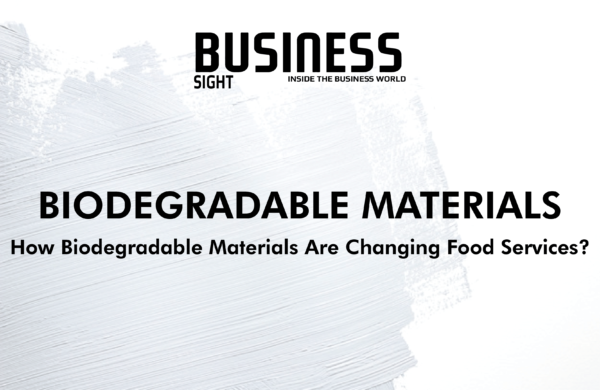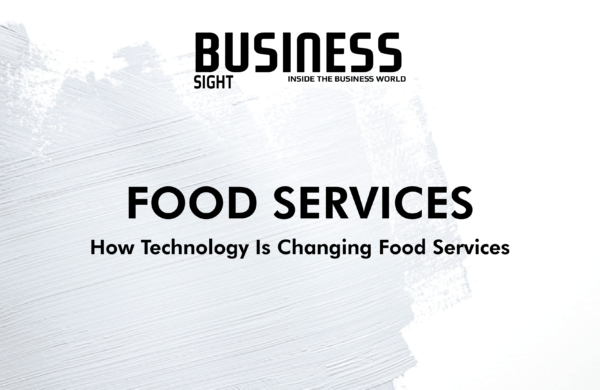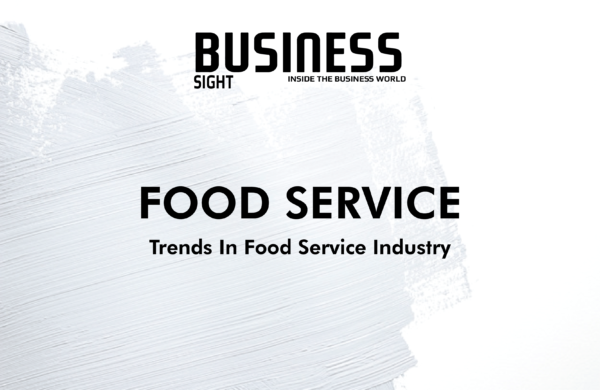Plastic is being used for many purposes and the industrial usage is pretty hefty so much as much, not even oceans are safe from plastic waste. This has become a challenge for many to encounter plastic waste for a cleaner and greener earth. The changes are being made to save the planet from toxic waste but more efforts are required to curb the plastic completely. Though people around the world are becoming more and more aware of this trend and many are coming up with novel and innovative ideas to help facilitate eco-friendly ways to replace plastic for good.
Plastic is used on wide especially for packaging purposes and businesses around the world need to invest a good load of money to find an alternative to the plastic. As the awareness grows, people are leaning towards paper bags or other materials to carry their stuff and avoid plastic but still, it is far from becoming a fashion. Nowadays, many alternatives are coming in the market and they might just replace plastic and begin a brand-new trend. Below is the list of the items that can potentially eliminate plastic usage from commercial as well as residential use.
- Plant-based plastics: Also known as bioplastics, these are made from a variety of sources including corn which broken into polylactic acid. As corn is easy to grow, production is increasing in bioplastics to meet the demand. Examples of bioplastics: bottles, food containers and films, etc.
- Wrappers: Chocolates, cheeses cubes, and butter slice are wrapper in the material which is mostly plastic. Not only it is harmful to consume food items from plastic wrapping as microplastics are mixed with the items, but a suitable replacement should also be used. Moreover, instead of tossing cheeses and butter wrappers away, keeping them to grease pan, tray, or dish would be more beneficial.
- Water-friendly Paper: Since water is an enemy of paper, plastic is used to replace the disadvantages of paper. But recently, L’Oréal has launched water-friendly paper. The paper is recyclable, compostable, glue-free and water-resistant. However, the inner lining is made of plastic but it uses 60% less material than regular plastic wrappings.
- Edible six-pack ring: A brewery company in America developed a material for their six-pack rings which edible and hence is biodegradable. Made from barley and wheat, if dumped in the water, it will enrich the water with important nutrients. It is gaining popularity as more companies are finding the usage and molding the rings to fit their products.
- Bagasse: Bagasse is a by-product of sugarcane after processing. Given its stickiness and malleable properties, it can easily be molded into packaging material for food and food services. Unlike polystyrene, it’s certified biodegradable and compostable, is finding its usage in food services.
As more businesses are investing in R&D to find suitable alternatives to plastic, the future is not far when plastic waste will not be a problem for every ecosystem.















